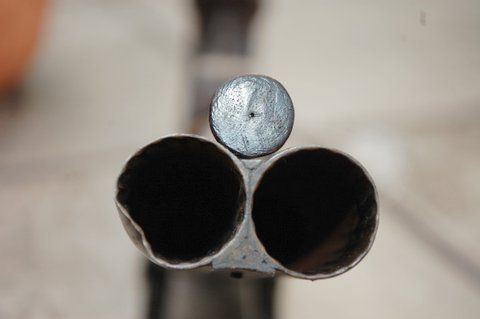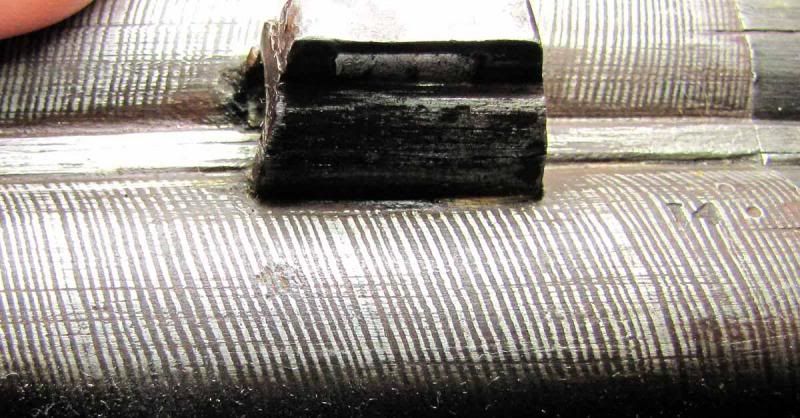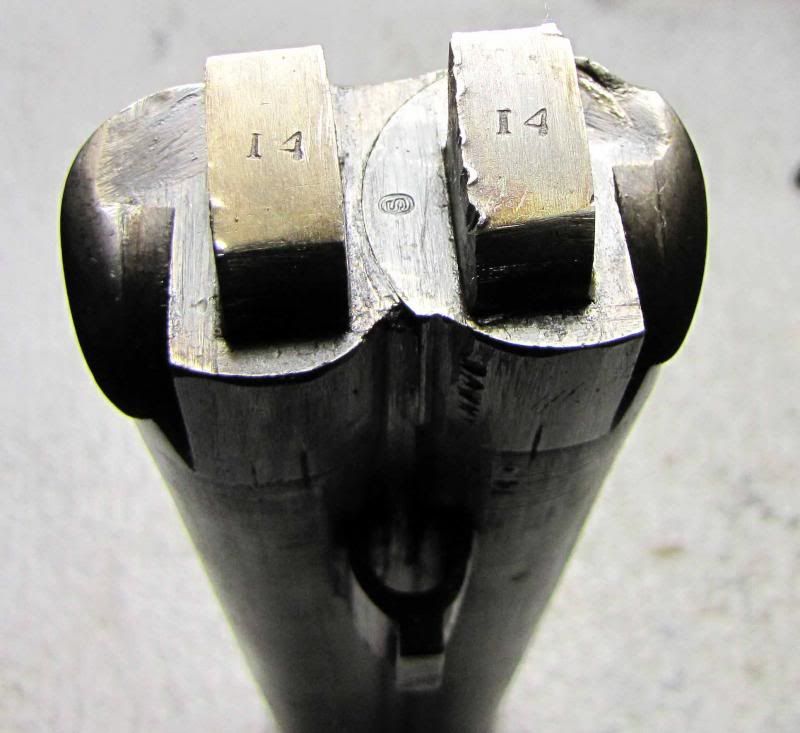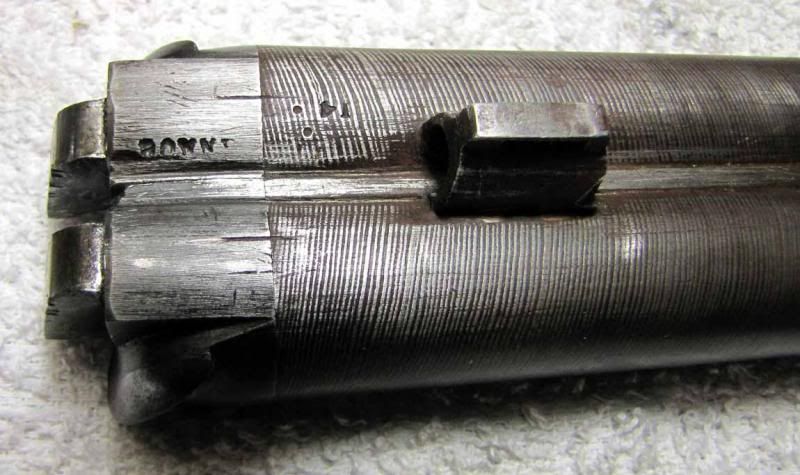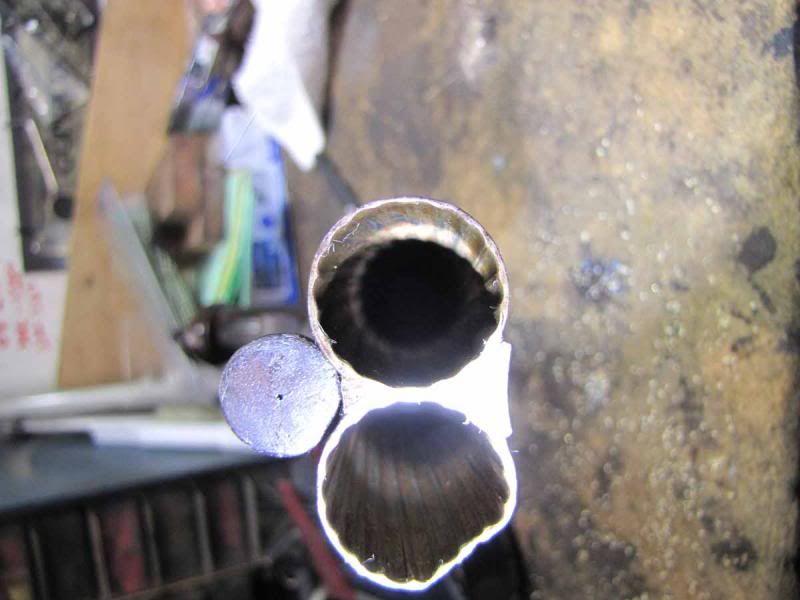My brother has a double barrelled percussion cap pistol of approximately .70 caliber. It appears to be built like a shotgun but with rifling like a (modern) cannon barrel or perhaps like a Marlin microgroove - that is many grooves.
It is clearly a damascus twist barrel & very well made. On the top, between the barrels in gold it has "CANON A RUBANS"
No other markings are to be found, not on the locks, barrels, trigger guard butt etc. No makers name either.
any ideas as to age etc? This pistol came from my grandfathers gun collection many years ago.
More photos are available
Roger
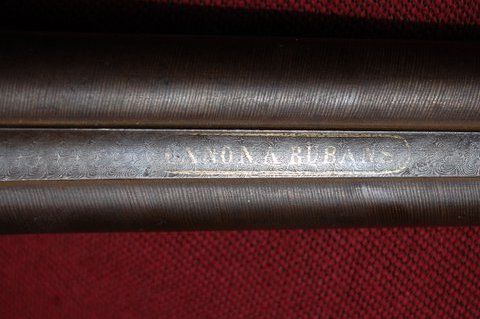
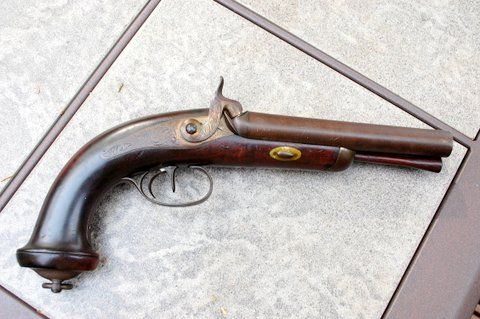

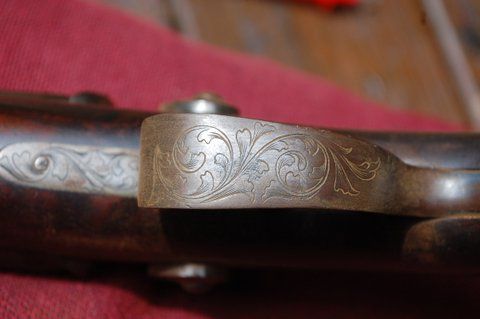
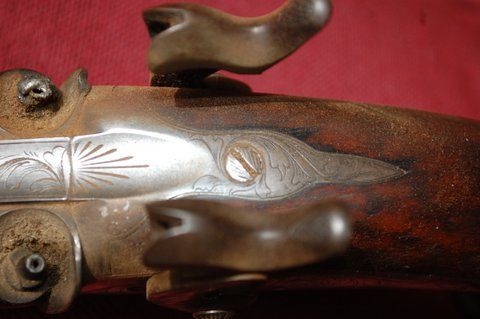
It is clearly a damascus twist barrel & very well made. On the top, between the barrels in gold it has "CANON A RUBANS"
No other markings are to be found, not on the locks, barrels, trigger guard butt etc. No makers name either.
any ideas as to age etc? This pistol came from my grandfathers gun collection many years ago.
More photos are available
Roger






